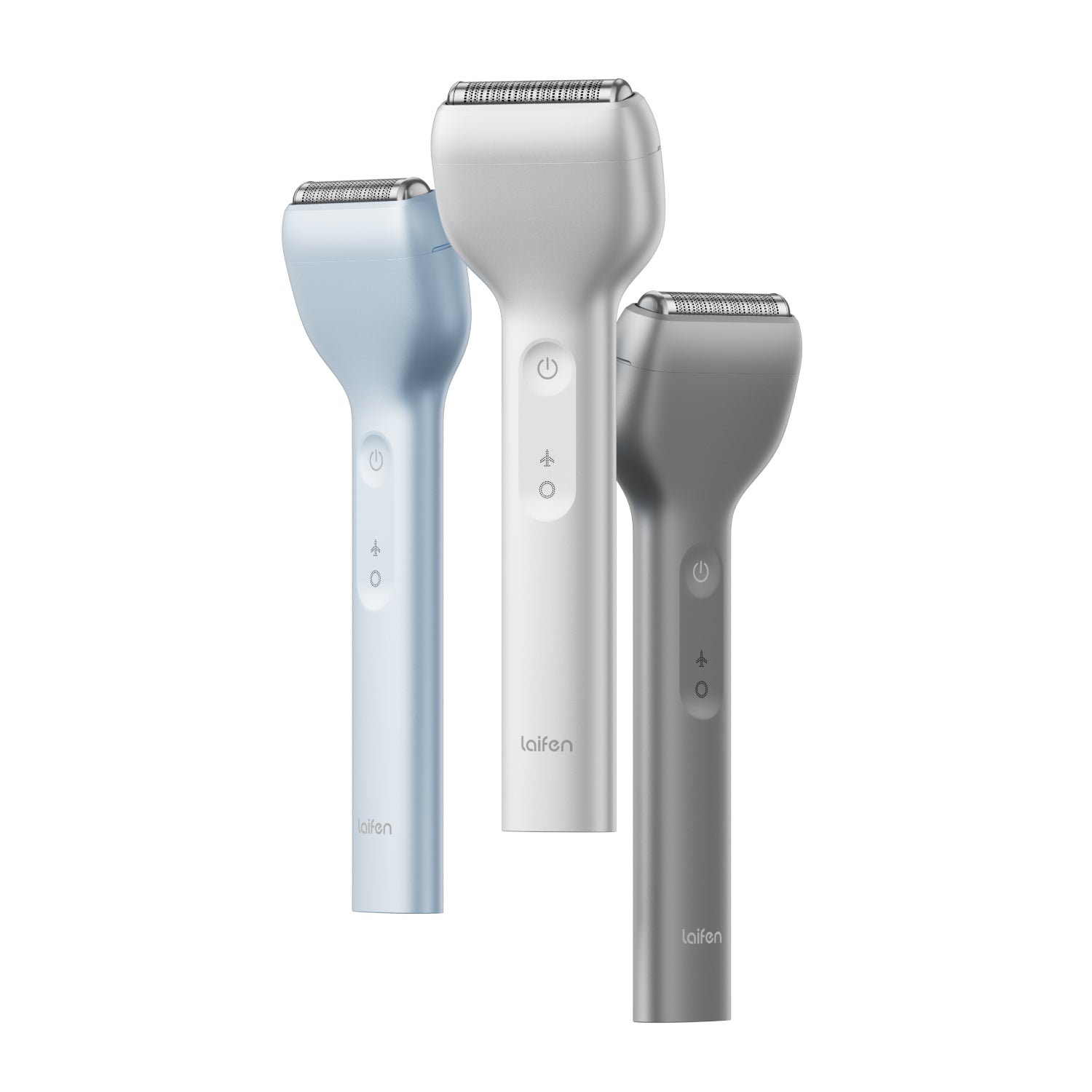
In this article
Ever wondered if it’s okay to braid your hair while it’s wet? Whether you're in a hurry after a shower or just love that effortless beachy wave look, braiding wet hair can seem like a great idea. But is it actually safe for your hair, or could it lead to breakage and damage? In this guide, we’ll talk about the benefits and drawbacks of braiding wet hair, how it compares to braiding dry hair, and tips to keep your hair healthy no matter how you choose to style it.
Wet Hair vs. Dry Hair: Can You Braid Hair Wet?
When it comes to braiding, the choice between wet and dry hair can make a big difference in both the style and health of your hair. Let’s take a look at what makes each method unique, so you can decide which approach is best for you.
Why Braiding Wet Hair Can Be Great

1. Super Smooth Look
If you’ve ever tried braiding wet hair, you’ve probably noticed it tends to look extra sleek and polished. Wet hair is generally easier to manage and control, especially if you have naturally curly or frizzy hair. Braiding it while damp can help keep everything neat and prevent flyaways from popping up.
2. Effortless Waves Without Heat
Love that beachy, wavy look? Braiding wet hair is a great way to get it without using a curling iron or hot rollers. Just braid your damp hair, let it dry, and then undo the braids for natural-looking waves. It’s an easy, heat-free way to style your hair.
3. Saves Time
Sometimes, you just don’t have time to dry and style separately. Braiding your hair wet after a shower can be a huge time-saver, especially if you’re getting ready in the morning or styling your hair before bed.
Why Braiding Wet Hair Can Be Risky
1. Hair Is More Fragile When Wet
Here’s the main issue with braiding wet hair: when your hair is wet, it’s in its most fragile state. Wet hair is more elastic and stretches more easily, which sounds good but actually makes it prone to breakage. When hair is pulled or twisted while wet, it can snap or break more easily than dry hair.
2. Potential for Long-Term Damage
Constantly braiding your hair wet can lead to a pattern of damage, especially if you use tight braids. Over time, the repetitive strain can weaken the hair and cause split ends, frizz, and breakage. If you’re someone who frequently braids wet hair, it’s worth keeping this in mind to avoid long-term damage.
Does Braiding Wet Hair Cause Damage?
So, does braiding wet hair actually cause damage? The answer depends on a few factors, including how tightly you braid, how often you do it, and your hair type.
Hair Type Matters
Different hair types react differently to being braided wet. For example:
- Thick or Coarse Hair: Thicker hair tends to be more resilient and may hold up well with occasional wet braiding.
- Fine or Thin Hair: Fine hair is naturally more delicate, and braiding it wet can increase the risk of breakage and damage.
- Curly or Textured Hair: Curly hair can be particularly vulnerable to wet braiding, as curls tend to stretch more when wet, which can cause strain and lead to breakage.
Tips to Minimize Damage When Braiding Wet Hair
If you do want to braid your hair wet, here are a few ways to help protect it from damage:
1. Use a Leave-In Conditioner: Before you braid, apply a leave-in conditioner or a lightweight serum to your damp hair. This helps smooth the cuticle and reduces friction, which can minimize breakage.
2. Avoid Super Tight Braids: The tighter the braid, the more strain on your hair. Keep the braid a little looser to prevent unnecessary tension, especially near the roots.
3. Try a Microfiber Towel to Absorb Extra Water First: Instead of braiding dripping wet hair, use a microfiber towel to blot away excess moisture. This makes the hair slightly damp but still smooth and manageable, reducing the strain on your strands.
4. Give Your Hair a Break: Try not to braid your hair wet every day. Alternating between wet and dry braiding, or allowing your hair to air dry partially, can keep your strands healthier in the long run.
Wet Hair vs. Dry Hair: Braiding Dry Hair, A Safer Bet?
While braiding dry hair might not give you those instantly sleek braids, it’s often the safer option for your hair’s health.

Benefits of Braiding Dry Hair
- Less Risk of Breakage.
Dry hair is stronger than wet hair, which means it can handle the tension of braiding better. If hair health is your priority, braiding dry hair is the way to go.
- More Volume
Braiding dry hair can actually give you more volume once you undo the braid, which is great if you’re aiming for a fuller, more textured look. This is especially true if you’re using braids to create loose waves or curls.
- Better for Everyday Styling
Because dry braiding puts less strain on the hair, it’s a great option if you braid your hair regularly. You can still achieve lots of styles without the extra risk of damage.
Downsides of Braiding Dry Hair
- More Flyaways
Dry hair can be harder to keep smooth and tidy in a braid, especially if you’re prone to frizz. To get that polished look, you might need a bit of styling cream or hairspray.
So, Can You Braid Hair Wet?
Absolutely! Braiding wet hair can be convenient, and it’s a fantastic way to get natural waves without heat. But keep in mind that wet hair is more fragile, and frequent wet braiding can lead to damage over time. If you have fine or curly hair, or if you tend to braid tightly, it’s worth considering braiding dry or semi-damp hair instead to protect your strands. Ultimately, whether you choose wet or dry braiding depends on your hair type, your styling goals, and how often you plan to braid.















